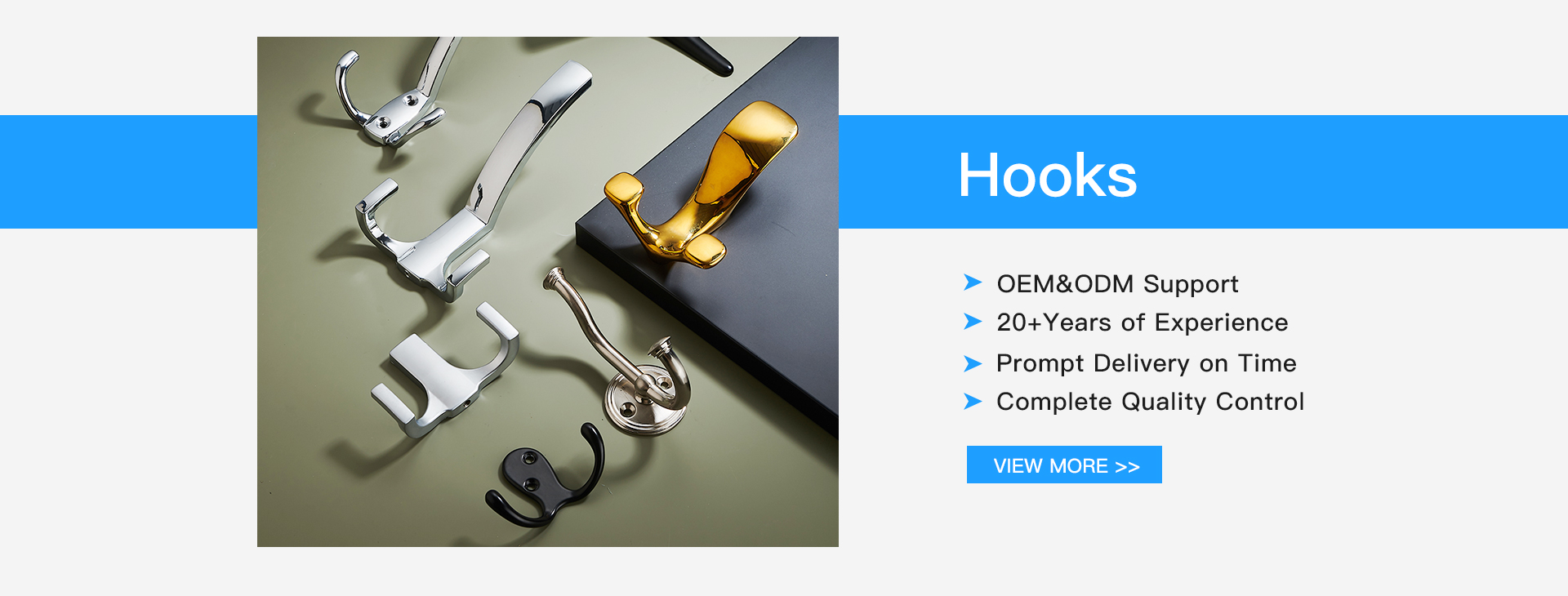The new standard introduces a more structured and detailed approach to marking fasteners, replacing the previous system with clearer guidelines. It consists of eight main elements, including surface treatment of the separator. Under the new standard, the product name and relevant items are refined into "n" specific details, where numbers and other attributes are separated by spaces. The specification and size notations align with the precision of the old standard, using a multiplication symbol (x) to separate dimensions. For other diameters or features, the nominal length and thread length are distinguished by a short horizontal line. This distinction helps avoid confusion between the old and new standards, as well as different wrenching styles.
In the new standard, the separation of numbers is done using spaces, while the thread length or rod length is indicated by a dash. This change ensures clarity and avoids misinterpretation. Additionally, the number in the marking includes both the size and subsequent measurements. According to the old standard, product markings were often ambiguous. However, the new standard clearly states that the product name cannot be omitted. If there's any misunderstanding, the separator symbol "1" can be excluded. While the old standard allowed partial omissions, the new one requires full inclusion of the category, making it more precise.
This revision also updates the marking rules for cylindrical pins, cotter pins, and rivets. The section on marking examples now defines the nominal diameter of fasteners as their outer diameter, and the shape of conical pins has been adjusted accordingly. New examples have been added to cover more scenarios. Previously, the old standard used the small end diameter for some components, but the new version provides more comprehensive information, including the outer diameter for screws, nuts, washers, and self-tapping fasteners. A total of 16 additional examples are now included, covering almost all types of fasteners.
The new standard emphasizes the importance of clear and complete markings, particularly for external dimensions or nominal sizes. This makes the marking examples more representative and easier to understand. The application of the "f4" marking method for diameters, holes, or shaft retaining rings, along with tolerances, should be noted if required by design. A complete fastener marking should include all necessary characteristics, such as category, standard number, thread size, and nominal length.
To ensure clarity, the correct use of nominal length is essential. For bolts, screws, and studs, the nominal length typically refers to the overall length, including the head. In contrast, for pins and rivets, the nominal length is usually the length of the rod. The category name, such as "bolt" or "screw," must be clearly stated in the marking, as this helps prevent confusion. The new standard provides a more systematic and user-friendly approach, making it easier for engineers and manufacturers to apply the correct markings consistently.

Hooks,Drawer Furniture Hooks,Modern Different Colors Hooks,Cheap Furniture Hooks
ONLEE HARDWARE CO.,LTD , https://www.onleehardware.com